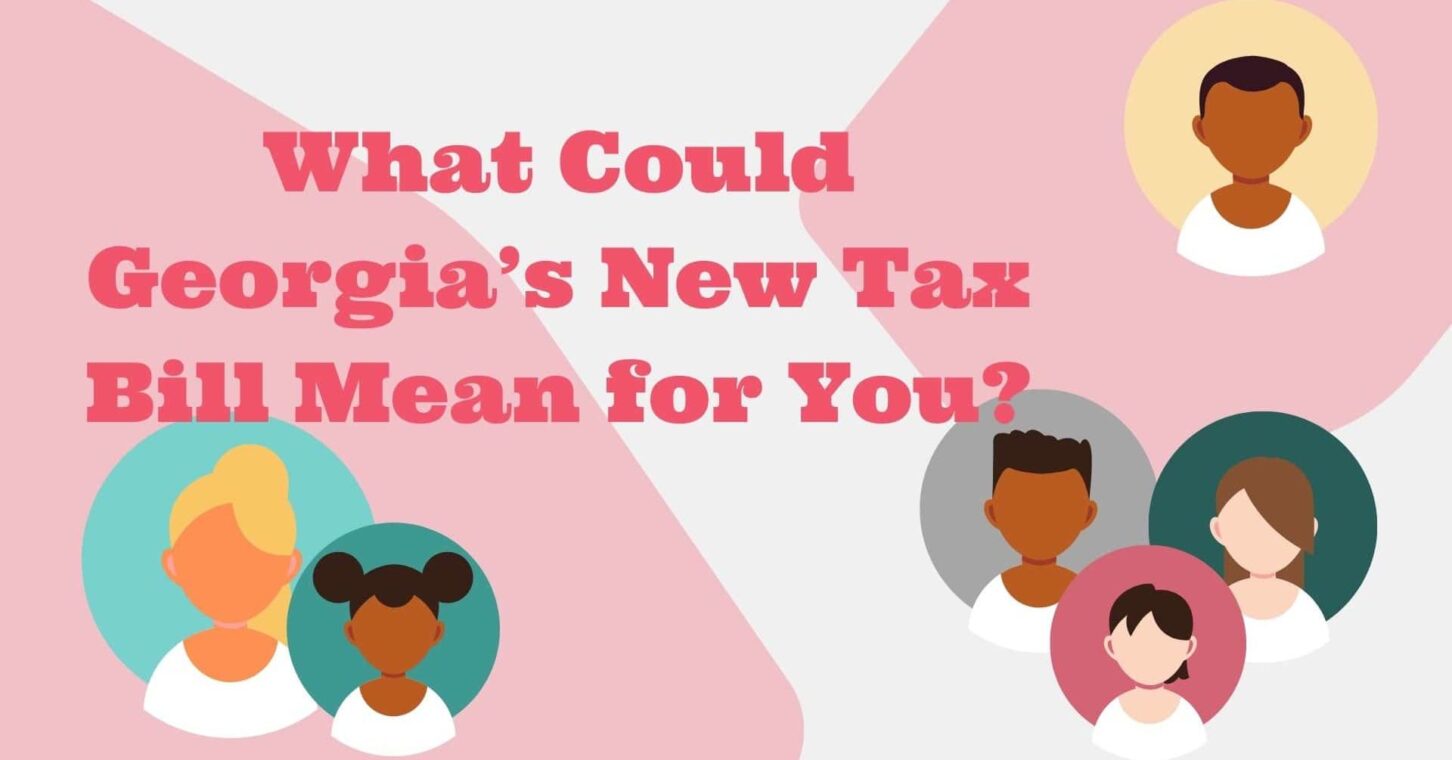
In the final hours of the 2022 legislative session, the Georgia General Assembly passed another major tax reform, one that will save taxpayers in the aggregate more than $1 billion once it’s fully implemented. Naturally, many Georgians want to know what their slice of the tax cut might be.
That there’s no simple way for them to calculate their savings helps underscore why the reform is so welcome in the first place. Georgia has long maintained six rather compressed tax brackets, along with a series of personal exemptions based on family size, and either a standard deduction or the itemized deductions claimed on one’s federal tax return. That’s a lot of mathematical hoops to jump through.
The elegance of the reform legislators approved is that most taxpayers will be able to take their adjusted gross income, subtract a single “standard exemption,” apply a single flat tax rate, and – voila! – they’ll have their state personal income tax bill. The minority of taxpayers who itemize will have to take one additional step, but this is a significant simplification for the vast majority of Georgia taxpayers.
This simplicity means that we can illustrate what the changes will mean for a variety of households. For these purposes, we’ll assume taxpayers would take the standard deduction rather than itemizing, and we’ll compare what they would pay under the current tax code to their tax bill when the first changes take effect in 2024, and when the reforms are fully in place as soon as 2030. (Because the legislation includes a trio of “revenue triggers” that must be met before some incremental reforms are implemented, it may take longer than 2030.) We’ll also keep income levels steady for clarity’s sake – even though we would expect the reforms generally to lead to more job creation and higher wages.
Example No. 1: a single man earning 100% of the federal poverty level, which in 2022 is $13,590.
This taxpayer currently pays a top marginal rate of 5% and has a total income tax liability of $155. Although his tax rate actually rises in the earliest years of the reforms, the larger standard exemption ensures that his tax bill actually drops rather substantially to $87, a decrease of $67 or 44%. When the reforms are fully implemented, his bill would be $79, meaning his taxes would have been cut almost in half.
Example No. 2: a single mother with one child earning 100% of the federal poverty level, which for them in 2022 is $18,310.
This family sees a decrease, but it is not as large because while the poverty level adjusts by $4,720 per person, the exemption for a dependent is only $3,000. Their tax bill would fall from $201 to $182 in the first year, a decrease of $19 or 9%. When fully implemented, the reforms would decrease their taxes by $35 or 18%.
Example No. 3: a married couple with two children earning 100% of the federal poverty level, which for them in 2022 is $27,750.
In this example, we can see how the gradual increase in the standard exemption for married couples really adds up over time. In the first year, this family’s tax bill would decrease from $203 to $178, a decrease of $24 or 12%. But by the fifth year of the reforms – before they are even fully in place – their tax liability would disappear completely. They would owe zero state income tax.
But, these examples don’t look like the typical Georgia taxpayer. The latest census data indicate the average household in Georgia has about three members, and the median household income is $61,224. So here are two examples of how the reforms treat such households.
Example No. 4: a married couple with one child earning $61,224.
This family, with a larger tax bill under the current tax code ($2,279), sees steadier decreases as the reforms take full effect. In the first year, their bill decreases by $98 or 4%. With all changes in place, their bill would be lower by $571 or 25%.
Example No. 5: a single father with two children earning $61,224.
As in the earlier examples, we see the effect here of a larger exemption for adults compared to children. This family enjoys a slightly larger tax cut in the first year: Their bill of $2,475 is cut by $102, or 4%. In the final year, their savings is $318 or 13% — reflecting the fact that they’re paying tax on a larger share of their income.
Given all the competing interests and myriad personal financial situations, no single reform can produce the same results for every single taxpayer. What’s important in this case is to note that everyone will end up with a smaller tax bill, and that everyone gets at least a small tax cut with each incremental step. Any improvement to the reform will be a job for future legislators to tackle.
